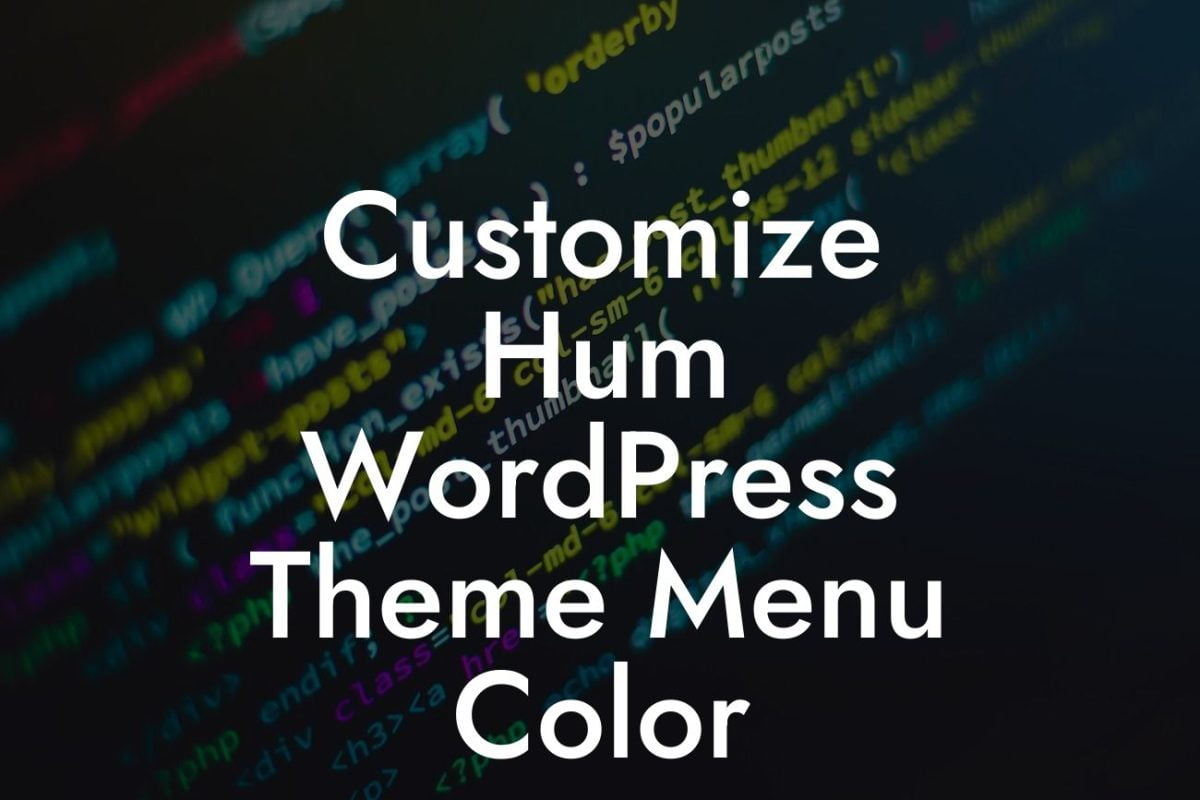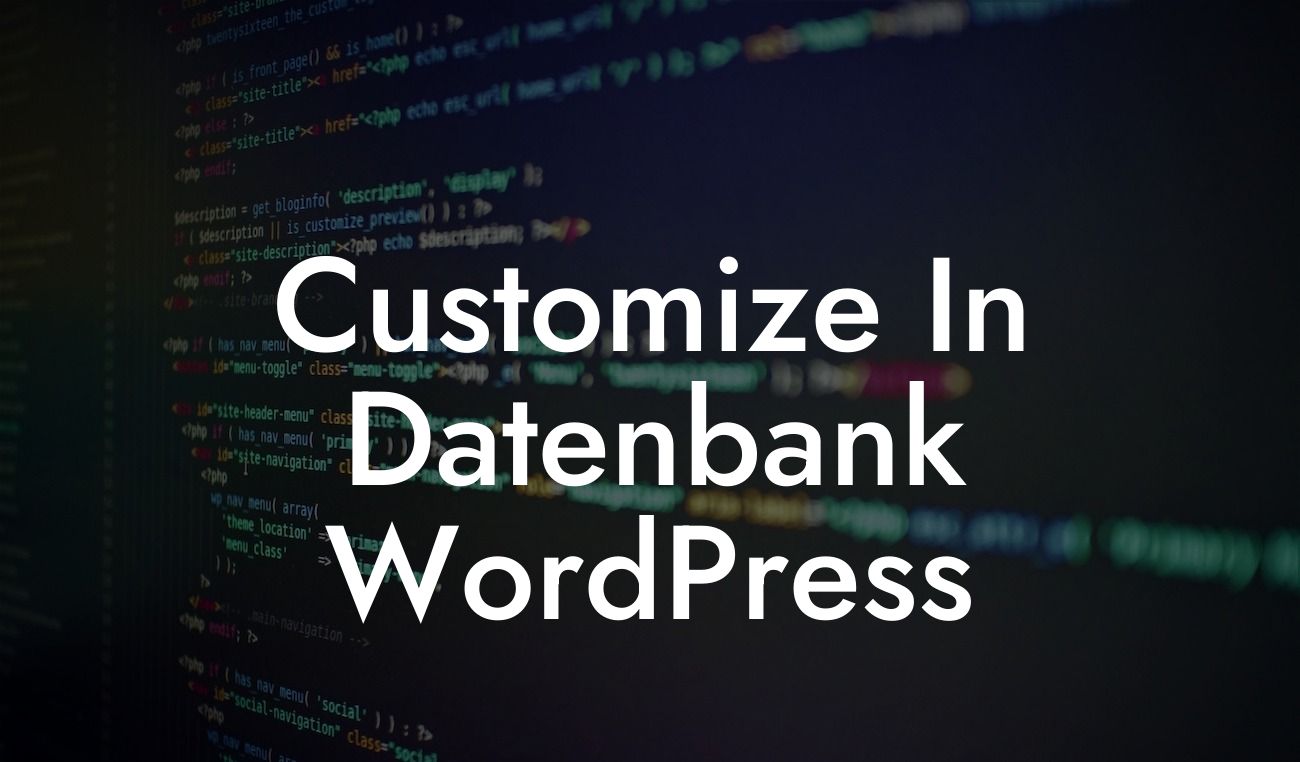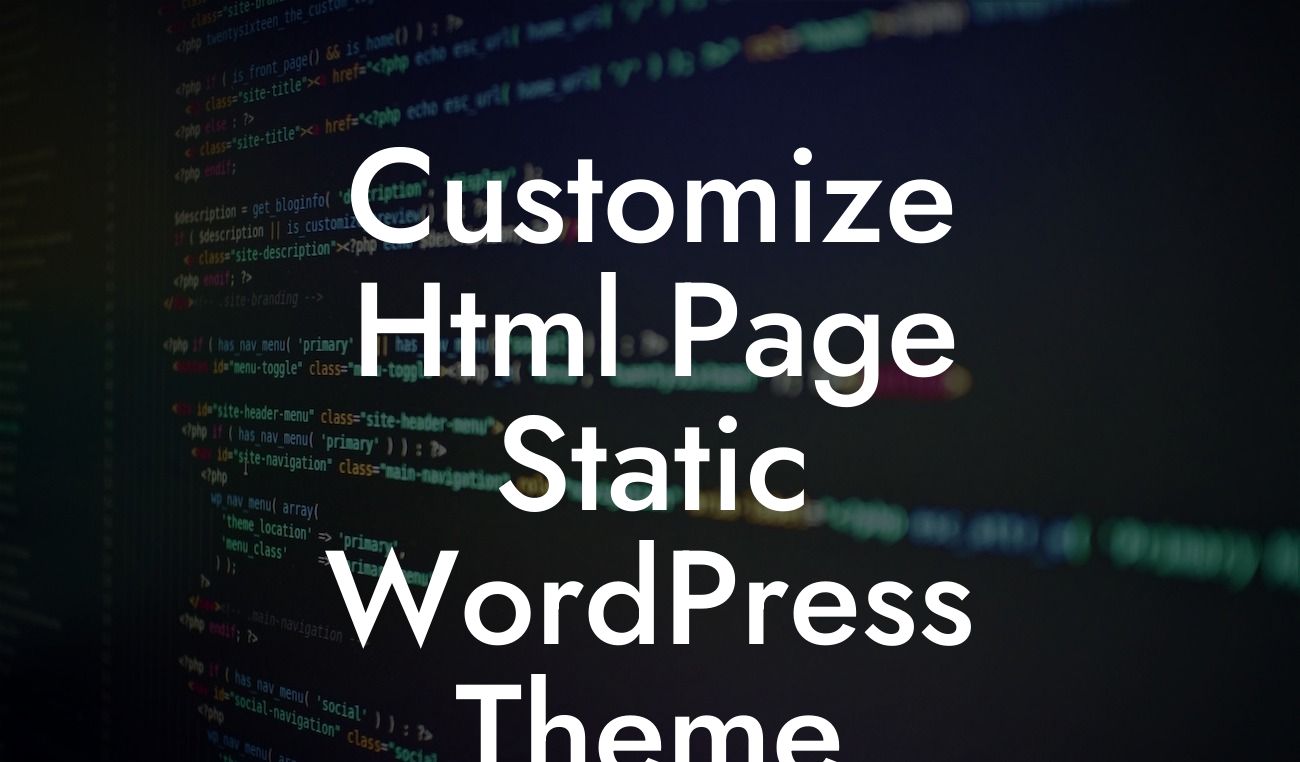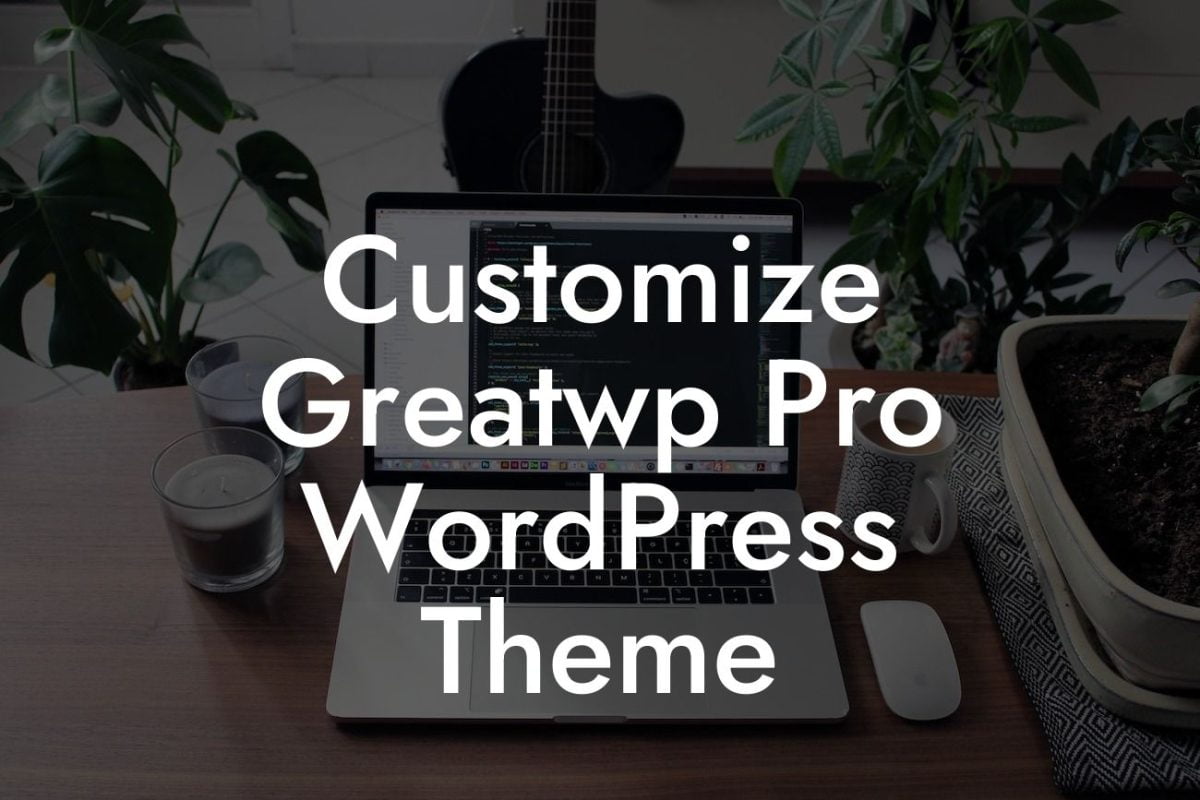Customization is key when it comes to making your WordPress website truly unique and tailored to your business needs. One of the best ways to achieve this is by customizing plugins, which can provide added functionality and enhance your overall website experience. In this comprehensive guide, we will walk you through the process of customizing a plugin in WordPress with future-proofing in mind, ensuring that your website remains up-to-date and functional even as new updates and versions are released.
1. Understanding the importance of future-proofing
- Discuss the role of future-proofing in ensuring the longevity and stability of your website.
- Explain how future updates and changes in WordPress can affect the functionality of plugins.
- Emphasize the significance of incorporating future-proofing practices when customizing plugins.
Looking For a Custom QuickBook Integration?
2. Researching and selecting a suitable plugin
- Highlight the importance of choosing a well-maintained and regularly updated plugin.
- Provide tips on how to research and evaluate plugins based on reviews, user ratings, and developer support.
- Recommend DamnWoo plugins as reliable and high-quality options specifically designed for small businesses and entrepreneurs.
3. Examining the plugin's documentation and support
- Stress the value of thorough documentation provided by the plugin's developer.
- Encourage readers to review available support resources, including forums, FAQs, and user communities.
- Explain how understanding the documentation and support can streamline customization and troubleshooting processes.
4. Utilizing child themes
- Explain the concept of child themes and their significance in customizing plugins without affecting the core functionality.
- Demonstrate how to create a child theme step-by-step and integrate it with the existing theme.
- Highlight the benefits of using child themes for future-proofing and easy updates.
5. Customizing plugin functionality and appearance
- Provide insights on the different customization options available, such as hooks, filters, and theme template overrides.
- Guide readers through the process of modifying plugin functions and creating custom templates.
- Emphasize the importance of regularly testing and backing up changes to avoid conflicts or loss of data.
How To Customize A Plugin In Wordpress With Future Proofing Example:
Imagine you run an online store and want to customize a WordPress plugin to integrate a personalized checkout process. With DamnWoo's reliable and user-friendly plugins, you can easily navigate through the documentation, create a child theme, and modify the plugin's code to meet your specific requirements. As a result, you'll have a seamless checkout experience tailored to your business, ready to impress your customers and increase conversions.
In conclusion, customizing a plugin in WordPress is an essential skill for small businesses and entrepreneurs looking to stand out online. With DamnWoo's exceptional lineup of WordPress plugins, you have the power to elevate your online presence and supercharge your success. Don't settle for cookie-cutter solutions - explore our guides, try out our plugins, and take your website to extraordinary heights. Share this article with fellow entrepreneurs and inspire them to embark on their own customization journey. Together, we can build remarkable online experiences!













